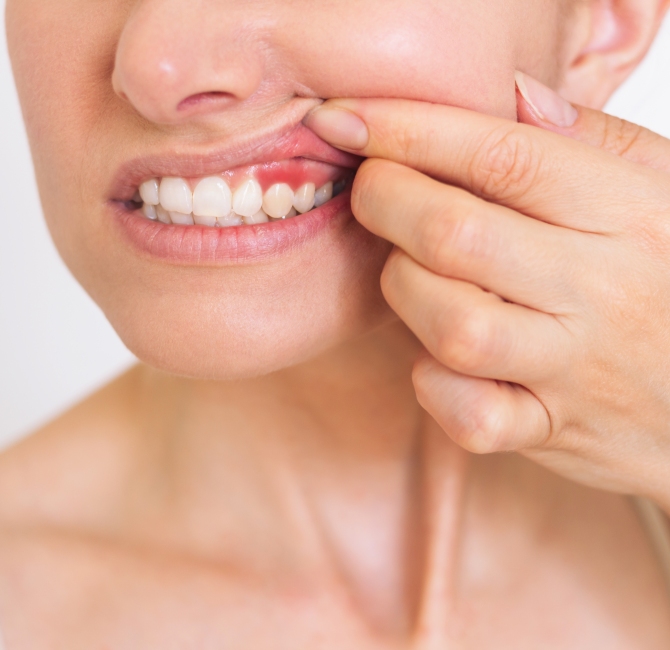Introduction
Work-related musculoskeletal disorders are serious health problems among oral health professionals, with a prevalence ranging from 64% to 93%. The areas most affected by work-related musculoskeletal disorders among oral health professionals are the lower back (34-60%) and hips (15-25%), in addition to the neck and shoulders.
Muscle stress, prolonged sitting, forward bending and twisting of the torso and head, and unbalanced working postures with asymmetrical weight on the hips and uneven shoulders are common for oral health professionals.
Ergonomics focuses on minimizing or eliminating stress, injuries, and disorders by managing ergonomic hazards and reducing worker exposure to factors that can lead to work-related musculoskeletal disorders. However, many of these risk factors cannot be eliminated or reduced due to the inherent demands of oral healthcare practice, which often involve muscle overuse, repetitive and prolonged movements, and unbalanced postures.
Yoga is a holistic system of physical, mental, and spiritual practices that promotes overall well-being. In recent decades, yoga has gained increasing attention, resulting in numerous scientific studies across various medical disciplines. These studies have demonstrated significant therapeutic effects and benefits for both physical and mental health.
Objective
This paper outlines a yoga protocol specifically designed for oral health professionals to prevent or treat work-related musculoskeletal disorders.
Methods
Specific yoga positions were carefully selected, explained, and adapted for practice in oral healthcare settings, utilizing a clinician’s stool, office walls, or a dental chair. This protocol was specifically designed for oral health professionals, focusing on areas such as the lower back, hips, legs, knees, and ankles. It includes supported sitting and standing positions, as well as twisting, forward bending, and arching exercises to promote decompression and mobilization of the musculoskeletal system.
Results
Over sixty positions are shown and described. The paper provides descriptions for each position, including detailed movements, recommendations, and mistakes to avoid, as well as the breathing pattern (breath control) in all breath-driven movements. An analysis of posture-related disorders affecting the lower body among oral health professionals is reported, including lower back pain, hip pain and disorders, piriformis syndrome, gluteal pain, iliopsoas syndrome, impairment syndromes, lower crossed syndrome, leg pain, knee pain and ankle disorders.
Conclusions
Prolonged sitting, unbalanced and twisting postures, forceful maneuvers, and muscle strain are common issues faced by oral healthcare clinicians. This paper provides a guideline for preventing or treating musculoskeletal disorders that affect oral health professionals. The proposed yoga protocol serves as an effective tool to alleviate tension in stiff muscles and restore balance to the musculoskeletal structures in the lower body. Yoga is an invaluable discipline that promotes physical well-being in daily life and work for oral health professionals.



